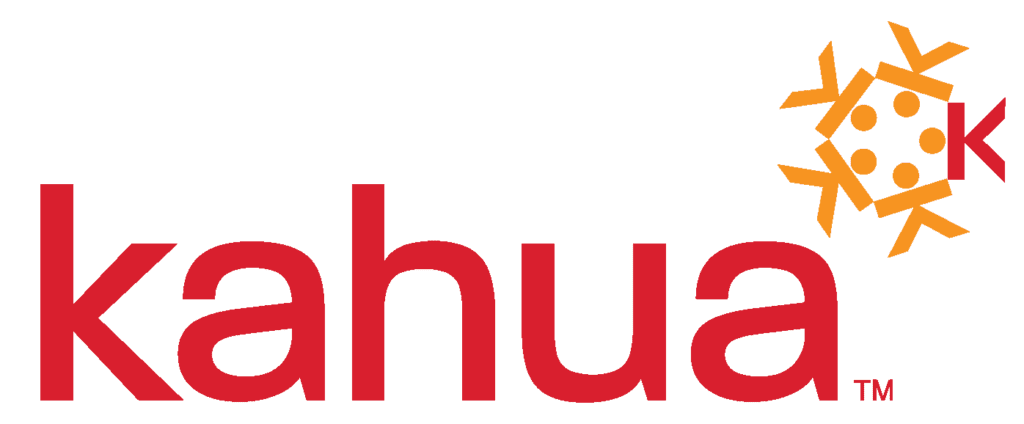The Technical Toolkit: 10 Lessons from Building CMMC-Ready Systems
Let’s be honest: Cybersecurity frameworks like CMMC can feel overwhelming, especially for organizations already juggling compliance, construction and capital projects. But the goal of these frameworks isn’t just to pass an audit. It’s to protect your people, your data and your customers.
As we worked through the process of becoming FedRAMP Authorized, we uncovered lessons that apply far beyond federal compliance. In fact, many of these takeaways will set you up for success with frameworks like CMMC, too.
Here are 10 of the most important technical insights we’ve picked up from the frontlines of FedRAMP readiness:
1. You can’t protect what you haven’t clearly labeled.
Controlled Unclassified Information (CUI) is the beating heart of CMMC. It’s the data that needs protecting. But surprisingly, many organizations still don’t know exactly where it lives or how it moves through their systems.
Without a clear understanding of what qualifies as CUI, teams can’t build effective controls. Start by creating a CUI inventory. Label it. Map it. Then you can focus on securing it.
2. MFA isn’t just a good idea; it’s your first line of defense.
Multifactor authentication (MFA) remains one of the most effective ways to prevent unauthorized access. Yet we still see organizations delay implementation because it “feels like a hassle.”
Hackers are opportunists. They go after low-hanging fruit. Don’t let the lack of a simple extra layer of security be your weak spot.
3. “Need to know” access should actually mean need to know.
Many companies operate on a "just in case" model, giving broad access to users who don’t need it. But when it comes to cybersecurity, the more people who have access, the more entry points for attackers.
The principle of least privilege (PoLP) access is not about limiting collaboration; it’s about limiting risk. Review user roles regularly and remove permissions that are no longer necessary.
4. Policies on paper don’t help if no one follows them.
Every organization has some kind of cybersecurity policy. But not every organization actually uses them. Too often, policies are created to satisfy auditors, not to guide behavior.
The most effective policies are written in plain language, communicated clearly and embedded in onboarding and day-to-day operations. Even better? Let your employees help shape them. They’ll be more likely to follow rules they understand and helped create.
5. Your employees can be either your weakest link OR your strongest asset.
No matter how strong your technical defenses are, human error can still undo everything. Clicking on phishing links, using weak passwords or leaving sensitive info on a Post-it note are all vulnerabilities that attackers exploit.
On the flip side, when employees are educated and empowered, they become your early warning system. Regular training, realistic phishing simulations and clear reporting channels turn your people into a cyber-savvy force.
6. Updates aren’t optional.
Outdated software is like an unlocked window: easy to overlook and easy to exploit. Many breaches happen because systems weren’t patched in time, even when the vulnerability was already known.
Make updates part of your regular cadence. Automate them when possible. And most importantly, verify that they’re actually happening.
7. Data backup plans only work if they’re tested.
Backups are like seatbelts, you don’t think about them until you really need them. But if your backups haven’t been tested, you could be in for a nasty surprise.
Run restore drills. Set a schedule. Make sure you’re backing up everything including cloud services. Because when disaster strikes, recovery speed matters.
8. If It Connects to Your Data, It Needs Protection
Personal devices are everywhere: phones, tablets, laptops. They’re part of how we work. But if they’re accessing company systems and you don’t have controls in place, you're creating an invisible threat surface.
A strong Bring Your Own Device (BYOD) policy includes approved device lists, required security settings (like encryption) and remote wipe capabilities. Don’t assume personal means private when it comes to security.
9. Monitoring shouldn’t be reactive.
Too often, companies only discover issues after the damage is done. CMMC calls for proactive monitoring not just for compliance, but for survival.
Modern tools can alert you to suspicious behavior, flag anomalies and even stop breaches in real time. But only if they’re set up properly, reviewed regularly and paired with people who know what to do with the data.
10. You can’t afford to go it alone.
Navigating the CMMC journey is complex. Trying to do it with internal resources alone can slow you down or cause you to miss key requirements.
Whether it's partnering with a CMMC-AB Registered Provider Organization (RPO), using a platform like Kahua to manage data workflows or leaning on consultants for expertise. External support can reduce risk, save time and improve outcomes.
Your CMMC Game Plan Starts Here
CMMC isn't just about passing an assessment. It's about maturing your organization’s approach to security. These top 10 lessons reflect a deeper shift happening in industries of all kinds.
Every improvement you make now will help you pass CMMC and make your entire business stronger, safer and smarter.
So, as you continue your compliance journey, remember: It’s not just about what you must do. It’s about what you can do better.
Want a quick, practical guide to the technical side of CMMC alignment? Download our infographic on the Top 10 Technical Lessons we learned during our journey and see what it really takes to build systems that last.


